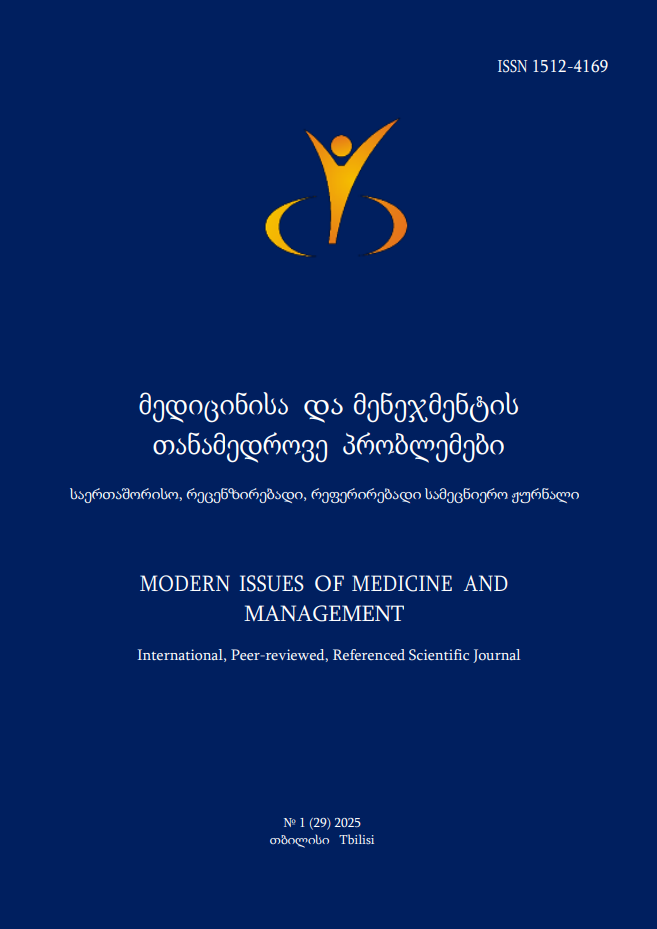The Impact of Teej Songs/Music on Emotional Upliftment and Social Upliftment: A Cross-sectional Study
DOI:
https://doi.org/10.56580/GEOMEDI57Keywords:
Emotional Upliftment, Celebration, Cultural Music, Hindu Women, Social Upliftment, Teej Songs/MusicAbstract
Introduction: Music, as a universal language, evokes emotional and social responses that foster joy and bonding. Despite this, the impact of Teej songs on the emotional and social upliftment of Hindu women in Nepal is underexplored. This study investigates how Teej songs influence these aspects among women. Methods: A descriptive cross-sectional design was employed with convenience sampling to gather data through an online survey of 427 females. Ethical approval was obtained from IRC-YHSA. The semi-structured questionnaire collected sociodemographic information, social media usage, song preferences, and included 5 items on emotional upliftment and 9 items on social upliftment. Descriptive and Chi-square tests were performed using SPSS. Results: Chi-square tests indicate that Teej music significantly enhances emotional upliftment (χ² = 9.61, p = 0.037) and social connectivity (χ² = 6.68, p = 0.035). The data show a strong preference for both traditional and modern Teej songs, which play a key role in increasing social awareness. The predominant use of digital platforms like YouTube highlights changing music consumption trends. Conclusion: The study confirms that Teej songs substantially boost emotional and social well-being. Both traditional and modern Teej music effectively promote emotional upliftment and social connectivity. The high engagement with digital media underscores the need to blend cultural traditions with modern technology. Teej music remains an essential cultural asset, enhancing community bonding and personal upliftment. Ongoing promotion and research are crucial for maximizing its impact on social cohesion and emotional health.
Metrics
References
Zaatar MT, Alhakim K, Enayeh M, Tamer R. The transformative power of music: Insights into neuroplasticity, health, and disease. Brain Behav Immun Health. 2024;35:100716. doi:10.1016/j.bbih.2023.100716.
Schoen-nazzaro, M. B. (2017). PLATO AND ARISTOTLE.
Monsoon T, Teej F, Author R, et al. The Monsoon Festival Teej in Rajasthan. Asian Folklore Stud. 2014;47(1):63–72.
Niraula S. Shifting rhetoric of Teej songs in the context of consumer culture in Nepal. Scholars J Arts Humanit. 2023;5(2):1–12. doi:10.3126/sjah.v5i2.57494
Hatfield E, Cacioppo JT, Rapson RL. Primitive emotional contagion. In: Clark MS, ed. Emotion and Social Behavior. Newbury Park, CA: Sage Publications; 1992:151–177.
Herrando C, Constantinides E. Emotional contagion: A brief overview and future directions. Front Psychol. 2021;12:1–7. doi:10.3389/fpsyg.2021.712606
Dahal K. Celebrating Teej as a festival of (re)union and enjoyment. Molung Educ Frontier. 2020;10(1):29–41. doi:10.3126/mef.v10i1.34027.
Ashforth BE, Mael F. Social identity theory and the organization. Acad Manage Rev. 1989;14(1):20–39. doi:10.5465/amr.1989.4278999.
Rickard N. Music listening and emotional well-being. 2011. [Full citation details needed—please provide publication source or journal.
Yi SY, Kim AJ. Implementation and strategies of community music activities for well-being: A scoping review of the literature. Int J Environ Res Public Health. 2023;20(3). doi:10.3390/ijerph20032606.
Thoma MV, Ryf S, Mohiyeddini C, Ehlert U, Nater UM. Emotion regulation through listening to music in everyday situations. Psychol Music. 2015;43(5):37–41.
Tajfel H, Turner JC. An integrative theory of intergroup conflict. In: Austin WG, Worchel S, eds. The Social Psychology of Intergroup Relations. Brooks/Cole; 1979:33-47. doi:10.1093/oso/9780199269464.003.0005.
Putnam RD. Bowling alone: The collapse and revival of American community. In: Proc 2000 ACM Conf Comput Supported Coop Work. 2000. doi:10.1145/358916.361990.
Van der Merwe L, Morelli J. Explaining how community music engagement facilitates social cohesion through ritualised belonging. Religions. 2022;13(12). doi:10.3390/rel13121170.
Dalzell VM, Wong D, Ritter J, Murphy JS. Freedom, Margins and Music: Musical Discourses of Tharu Ethnicity in Nepal. University of California Riverside; 2015. Accessed August 2023.
Laing J, Mair J. Music festivals and social inclusion – The festival organizers’ perspective. Leisure Sci. 2015;37(3):252–268. doi:10.1080/01490400.2014.991009.
Skinner D, Holland D, Adhikari GB. The Songs of Tij: A genre of critical commentary for women in Nepal. Asian Folklore Stud. 1994;53(2):259. doi:10.2307/1178647.
Nurmahmudah E, Nuryuniarti R. Google Forms utilization for student satisfaction survey towards quality of service at Universitas Muhammadiyah Tasikmalaya. In: J Phys Conf Ser. 2020;1477(2):022003. doi:10.1088/1742-6596/1477/2/022003.
Viola E, Martorana M, Airoldi C, et al. Systematic review and meta-analysis. Eur J Public Health. 2023;33(4):738–745. doi:10.1093/eurpub/ckad063.
Miranda D, Gaudreau P. Music listening and emotional well-being in adolescence: A person- and variable-oriented study. Rev Eur Psychol Appl. 2011;61(1):1–11. doi:10.1016/j.erap.2010.10.002.
Forbes M. Addressing the global crisis of social connection: Singers as positively energizing leaders who create belonging in our communities. Voice Speech Rev. 2024;00(00): 1–17. doi:10.1080/23268263.2024.236896.
Hallam S. The power of music: Its impact on the intellectual, social and personal
development of children and young people. Int J Music Educ. 2010;28(3):269–289. doi:10.1177/0255761410370658.
Savage PE, Loui P, Tarr B, et al. Music as a coevolved system for social bonding. Behav Brain Sci. 2021;44:1–36. doi:10.1017/S0140525X20000333.
Neupane K. Haritalika Teej in Nepal. Altitude Himalaya. Published August 10, 2022. Accessed August 2024. https://www.altitudehimalaya.com/blog/teej-festival-in-nepal
Khadgi A. How Teej songs have evolved and what they mean for women. The Kathmandu Post. Published July 31, 2024. Accessed August 2024.
Holland DC, Skinner DG. Contested ritual, contested femininities: (Re)forming self and society in a Nepali women’s festival. Am Ethnol. 1995;22(2):279–305.
Marzo RR, Chen H-WJ, Ahmad A, et al. The evolving role of social media in enhancing quality of life: a global perspective across 10 countries. Arch Public Health. 2024;82(1). doi:10.1186/s13690-023-01222-z.
Thapa B, Adhikari K, Thapa P. Impact of social media use on academic performance and well-being among the secondary level students in selected schools in Nepal. Mod Issues Med Manag. 2023;26(2):1-17. doi:10.56580/geomedi31.
Peralta L. How does music affect society? Save The Music. Published November 3, 2021.
Accessed August 2024. https://www.savethemusic.org/blog/how-does-music-affect-society/.
Ganga KC. Teej – The festival of women in Nepal: The event of religion and recreation on the verge of modernity. J Nepalese Stud. 2015;99:273–288.
Grootaert C, Narayan D, Jones VN, Woolcock M. Measuring Social Capital. World Bank; 2004.



